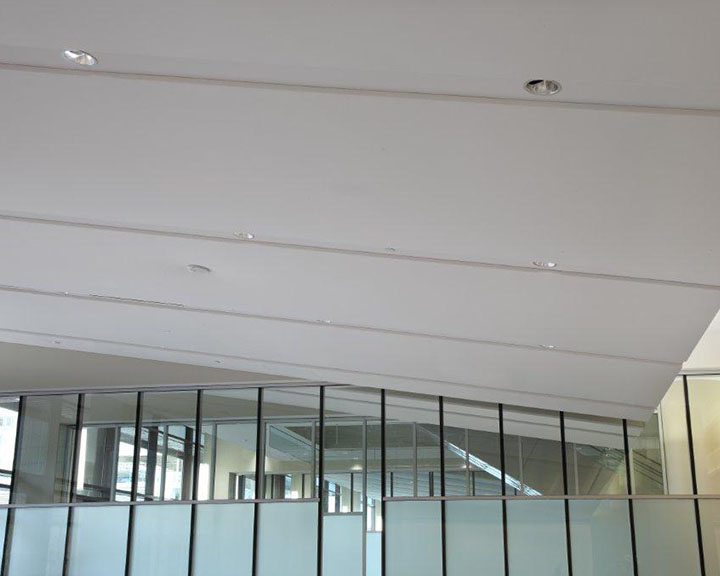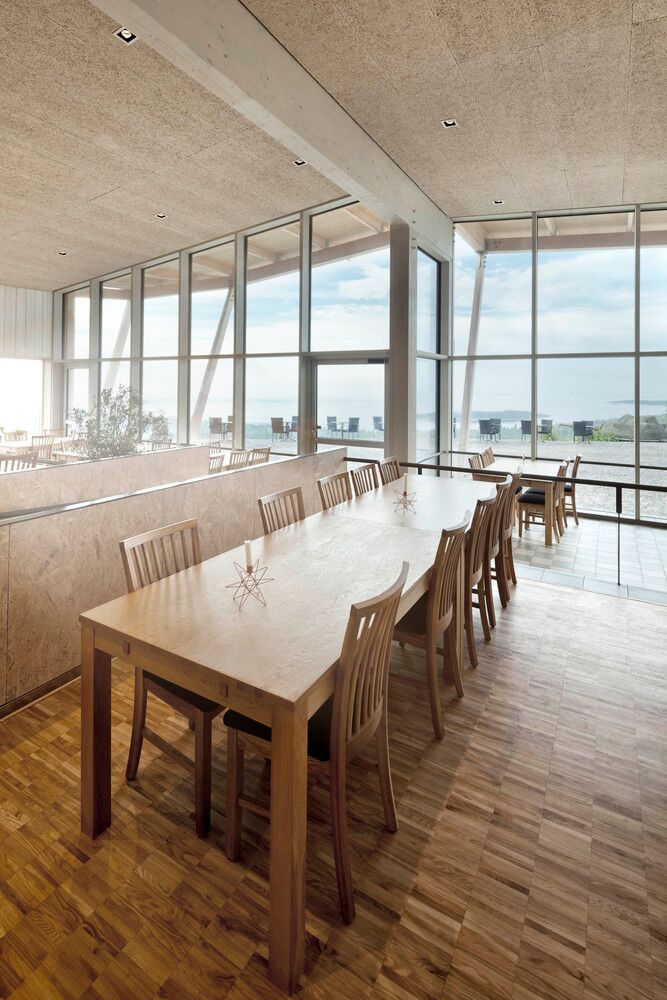Imagine this: you’re standing at the rim of the Grand Canyon, taking it all in. You can see different shades of red along the canyon’s walls and a little green scattered in there from the trees. Different plateaus jut out as your eyes wander down, and you might even be able to spot the Colorado River carving its way through the canyon floor. As is custom, you shout something loud and random. “AHHHHHHHHH!” As you end, you can hear a softer “ahhhhhhhhh!” echoing back through the canyon.

Now, imagine this: you’re sitting in the back of a meeting trying to listen to your coworker talk through the reasons why your office should switch its printer from Canon to HP. Except you can’t really understand what he’s saying because his words are bouncing around the room quite a bit, and by the time they get to you, they’re just an assortment of noises that sound like “blah, bl blah, bl blah.”
Normally, this is okay with you because you don’t really care what printer your office uses as long as it prints your weekly reports correctly. Today, though, your boss is missing work to take her daughter to a doctor’s appointment. She’s ultimately deciding which printer the office will use, and she asked you to take notes for her.

Hearing an echo in the Grand Canyon is cool and can be something you tell your kids about as they’re growing up and learning about the world. Hearing an echo in a meeting? Less cool.
How to reduce echo in a room
Many buildings are filled with high ceilings and hard surfaces. These types of design-elements are trendy, but they also create a lot of noise-reflection that increases the echoes you’ll hear on a regular basis. This is distracting to conversation and can cause all types of interpretation problems.
So, what can you do to reduce echoes in a room?
We are big fans of using acoustic panels or tiles to reduce echoes in a room because they provide the most impactful solution. These products are made specifically for this purpose and have other components, like an acoustical core, that intensify their ability to control noise.
There are many different acoustical options available to you as you look towards noise control, and they will all be very helpful to reduce the echo levels you hear in a room. We recommend the Eurospan® Stretch System, Respond® A Series panels, or New Dimension tiles.
You will need to make sure the acoustical treatment you use fits with the design of your room, as well. Some types of panels and tiles are not made to fit well inside a church or school but look great inside an office building. Similarly, bulkier panels may be perfect for an auditorium but would look out of place inside a five-star restaurant. If you end up working with an independent representative, this may be a good topic to bring up.

Other easy acoustical fixes
There are other methods you can use to reduce noise in a room as well. These methods can complement the work done by acoustic panels and tiles. One easy way to reduce echoes is to fill a room with furniture. When you have a large, open space, it’s easy to see how noise can be a problem. As you speak, soundwaves will be unrestricted as they travel around the room. This makes echoes inevitable. When a room has furniture, though, soundwaves have a harder time traveling around. As they run into different objects, they lose energy and reduce the amount of sound reflection that occurs.

How can fabrics and cloth help you out?
When you’re looking for furniture, spend some extra time looking at the pieces decorated with fabric. A plush couch will provide more than just extra comfort. Fabric is one of the best acoustical materials to use when reducing echo in a room. When sound waves hit the fabric, the fabric’s fibers trap them and convert them from sound energy into heat. Harder materials don’t do this, which contributes to the reason why aluminum chairs are so cold when you first sit down on them.
This transfer of energy reduces the amount of sound travel, which, in turn, reduces the echoes through a room.
Fabric-covered furniture works great, but if it doesn’t fit well with the rest of your room, you can also try using rugs and curtains to achieve the same goal. For a busy restaurant, comfortable chairs may not fit with the design goals or may increase the amount of time groups spend chatting after they’re finished eating. In these instances, draping the windows or placing a rug down may be a better fit in your goal to reduce the amount of echoes in your room.

Steps you can take to reduce echoes in a room
If you’re in a room that could use acoustical treatment, you’re going to realize it pretty quickly. It’s never fun to be the person at the back of the room picking through the mumbles coming from up front. Poor acoustics reduce workplace satisfaction and productivity and increases the risk for hearing related health problems. By reducing echo in your room, you can elevate the environment of the room you are in.
For furniture options, there are many different sources you can go to. Your local furniture store will most likely have the pieces that you want, but you can check out interior design blogs to give you some inspiration. We recommend checking out Work Design Magazine, Dezeen, Lonny Mag, or the Conwed Instagram page.
If you are looking to reduce echo in a room through acoustical treatment, it is best to meet with one of our Conwed representatives. These reps can be contacted here. They have extensive training and education on our products and will be able to direct you towards the acoustic solution that fits best within your environment.